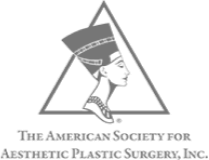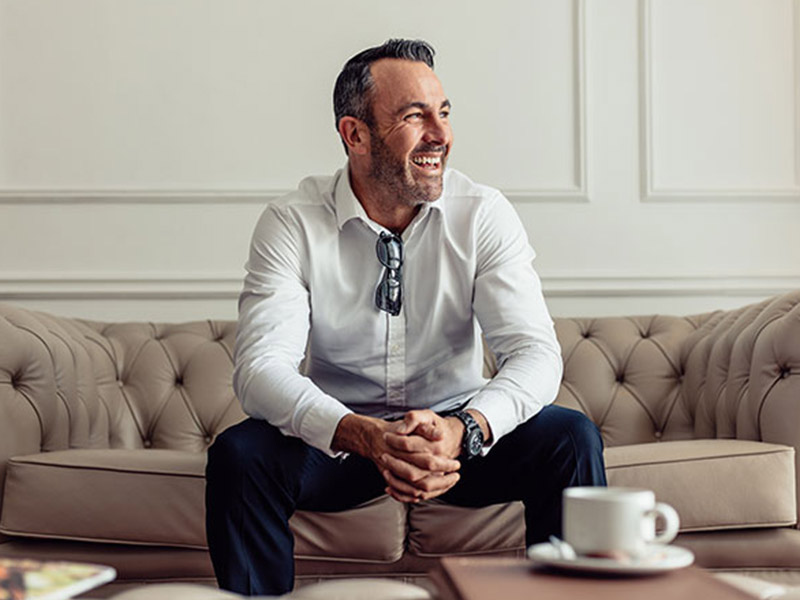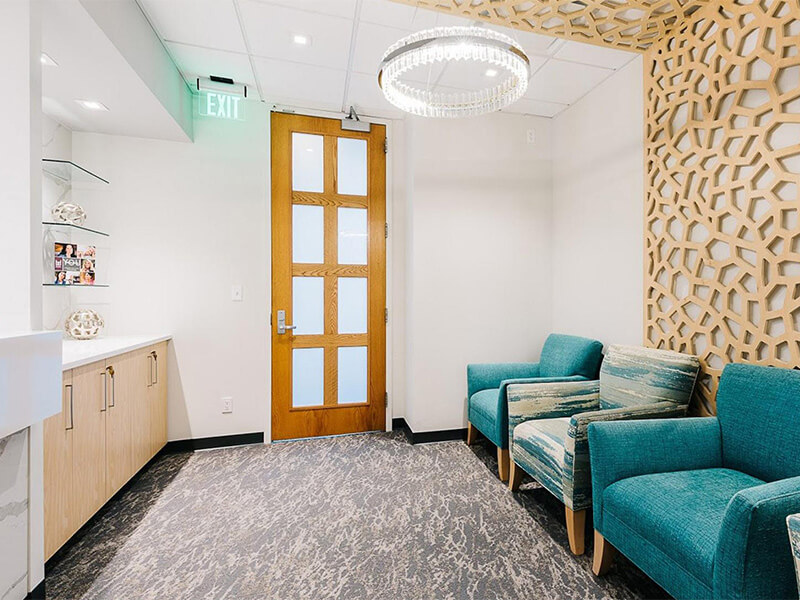Tumescent Liposuction
All liposuction today uses the tumescent technique, which was developed as a way to minimize bruising and blood loss and therefore allow more and larger areas to be safely treated. The tumescent solution also contains a local anesthetic that minimizes the discomfort of liposuction. Some liposuction procedures are able to be performed with nothing more than the local anesthesia afforded by the tumescent solution. The tumescent solution is injected into the area where fat is to be removed and causes the tissues to stiffen and blood vessels to constrict. Fat removal is made less traumatic, more fat is able to be removed, and there is less bruising and discomfort. After the solution is injected, a small cannula is used to suction out the fat cells. Tumescent liposuction is a safe and effective way to reduce or eliminate fat deposits. This method is commonly used on all body areas, including the face, neck, breasts, stomach, back, legs, and arms.
Ultrasound-Assisted Liposuction
Sometimes, multiple techniques are used at once, and ultrasound-assisted liposuction can be used alongside standard liposuction for a dual effect. Ultrasound-assisted liposuction, or UAL, uses ultrasonic energy through a metal rod inserted into the fatty area to essentially liquify the adipose fat tissue. Because this technique is highly effective at breaking down fat cells, it is often used for stubborn fat deposits or in areas previously treated with liposuction. UAL may be performed with either general anesthesia, sedation, or local anesthetic, depending on the extent of the treatment.
Laser-Assisted Liposuction
Laser-assisted liposuction uses focused light energy to free and destroy fat cells. Most commonly, the laser wavelength liquefies fat cells allowing them to be removed more easily with a liposuction cannula. Other laser-assisted liposuction devices utilize a different wavelength of light, one that targets the tissue connecting fat cells, thus freeing intact fat cells. This type of laser-assisted liposuction is used for fat transfer procedures. In either scenario, the area is treated with the laser cannula after the tumescent solution is placed; liposuction cannulas are then used to remove the fat cells. The light energy from the laser may contribute to enhanced skin tightening as well. Laser-assisted liposuction may be performed under either general, sedation, or local anesthesia, which is typically determined by the size of the area being treated. Laser-assisted liposuction is great for body contouring and is sometimes used in the case of fat transfer, where the removed fat will be injected into other areas like the breasts or buttocks.
Power-Assisted Liposuction
Power-assisted liposuction, or PAL, employs rapid vibration of the liposuction cannula to physically break down fat cells. The cannula is inserted through a very small incision and uses a quick back-and-forth motion to break down fat cells and suction them out of the area simultaneously. This method is commonly used in tougher, more fibrous areas, such as the back, flanks, hips, or chests, in cases of gynecomastia surgery. It is also used when larger amounts of fat need to be removed since it’s a highly effective and efficient form of liposuction. PAL is also preferred by many surgeons for large areas of removal because it takes out some of the manual movement required while still offering a precise fat removal result. PAL is most commonly performed under general anesthesia.
Which method is right for me?
As you can see, liposuction has become highly advanced, and there are many safe and effective methods to choose from. The right method for you has everything to do with what your particular aesthetic concerns are. Liposuction is sometimes used on its own for basic fat removal. However, it is even more effective when used in conjunction with other methods and procedures. Some complementary surgical procedures can include excess skin removal, tummy tuck, neck lift, and more. In addition, liposuction can be used in conjunction with other surface treatments, such as laser or microneedling treatments, to help firm and tighten the skin after fat removal. The best way to determine which type of liposuction is best for you is to consult with our skilled Boston plastic surgeon, Dr. Michael Tantillo, to create a comprehensive treatment plan.


















